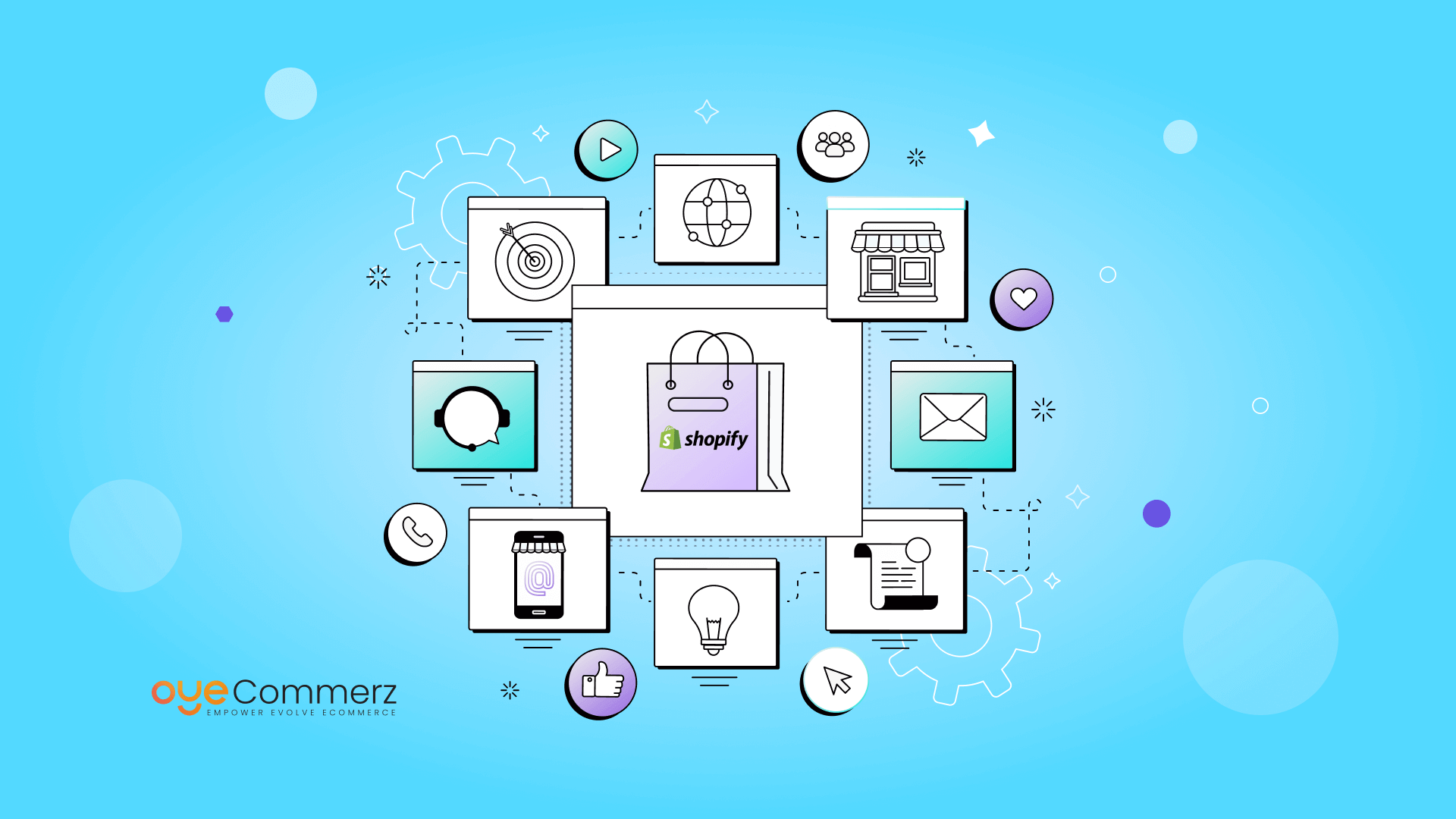
Overview
In this competitive e-commerce environment, Shopify store owners are constantly seeking strategies to maximize sales and streamline their business processes. A highly effective approach is through tailored Shopify applications customized to meet specific requirements. Integrating with the Shopify API and leveraging tools like the Polaris design system, these apps equip organizations to expand effectively while improving customer experience. In this article, we’ll dive into essential elements of Shopify application creation, from visual design concerns and core functionalities to recommended strategies for upkeeping and growing apps successfully.
1. Grasping Shopify API Connection
A solid understanding of Shopify’s Application Programming Interface—involving Representational State Transfer and Graph Query Language—is essential for building robust Shopify applications. With these interfaces, developers can retrieve, change, and administer information within a Shopify store. The Graph Query Language interface provides optimized data handling, facilitating speedier replies by fetching only the necessary elements. Connecting the API allows app creators to customize app functionality to the business’s specific needs, ensuring a integrated customer interaction that improves operational effectiveness and sales.
2. Employing the Shopify’s Polaris framework
Shopify’s design system assists developers to design a cohesive and easy-to-use interface across Shopify apps. Polaris gives a range of components and recommended practices that fit with Shopify’s design language, creating apps feel cohesive within the Shopify platform. This strategy doesn’t just supports natural user interactions but also contributes to maintain visual identity, an essential component in creating confidence with customers.
3. Building within the Shopify Marketplace
The Shopify app ecosystem is vast, enabling developers to develop embedded Shopify applications that work within a business’s management system. Integrated applications optimize the customer journey by incorporating seamlessly within Shopify’s platform, eliminating the necessity for separate logins or extra steps. For programmers, employing Node.js for behind-the-scenes operations and the React framework for the front end has emerged as a preferred option, as such tools facilitate scalable, adaptive programs that offer an optimal UX.
4. Core Features for Shopify Apps
A high-performing Shopify application needs features that resolve important issues in the e-commerce journey. Automated notifications for immediate alerts, custom theme adjustment features, and cross-channel commerce options are essential elements that can boost operational control and customer experience. By implementing these features, Shopify apps don’t just optimize in-house tasks but also boost the custom Shopify apps overall customer experience.
5. Key Strategies for Application Building
When creating Shopify applications, it’s important to maintain optimal techniques. App maintenance strategies such as regular updates, user assistance, and safety measures are vital for building consumer confidence. Online visibility strategies for Shopify applications can also be used to enhance app visibility and adoption. Customer engagement tactics, such as push notifications and loyalty programs, are essential for retaining users and fostering a loyal following.
6. Growing Shopify Applications for Future Demand
As Shopify businesses scale, growing app performance becomes critical to manage higher user loads and performance requirements. Adopting cloud-based setups and focusing on efficient data handling through GraphQL can help applications expand without lagging. It’s also necessary to have a strategy for scaling the app’s infrastructure to support increased demand, that involves a list for choosing a technical team with background in Shopify applications.
7. Understanding the Cost of Creating Shopify Applications
Developing custom Shopify applications can range broadly in price depending on the features, integrations, and unique adjustments needed. Key features like backend linkages, user interaction elements, and digital marketing capabilities can drive up costs. However, the revenue benefits is often valuable, as these apps can significantly improve revenue and streamline workflow.
8. Support Plans
Maintaining an app is equally necessary as creating it. Regular updates to fix bug fixes, enhance protection, and maintain integration with the latest Shopify platform updates are important. Planned support measures also include client help and function upgrades that align with changing online shopping trends.
9. Platforms for Building Shopify Applications
Shopify offers multiple options to simplify the creation workflow, from coding environments like JavaScript runtime and React to automated notifications for immediate changes. Resources such as Shopify’s CLI simplify the development workflow, while Shopify App app revenue optimization Bridge facilitates internal apps to interact seamlessly with Shopify’s admin interface. These options are essential for creating apps that are both functional and easy to use.
10. Emerging Trends in Shopify App Development
The outlook of Shopify application building is promising, with trends heading in the direction of artificial intelligence capabilities, expanded multi-platform integration, and improved app extension options. As online shopping progresses, programmers will be required to anticipate these trends to develop solutions that don’t just fulfill but surpass user expectations.
Final Thoughts
Custom Shopify apps give a effective solution for online stores to expand with ease, increase revenue, and streamline operations. From connecting with data interfaces and the Polaris design system to core elements and support methods, every component of Shopify app creation plays a important role in delivering a smooth interaction for users. As Shopify moves forward, staying ahead of upcoming innovations in app development will enable businesses fully utilize Shopify’s comprehensive offerings, solidifying their standing in the e-commerce market.